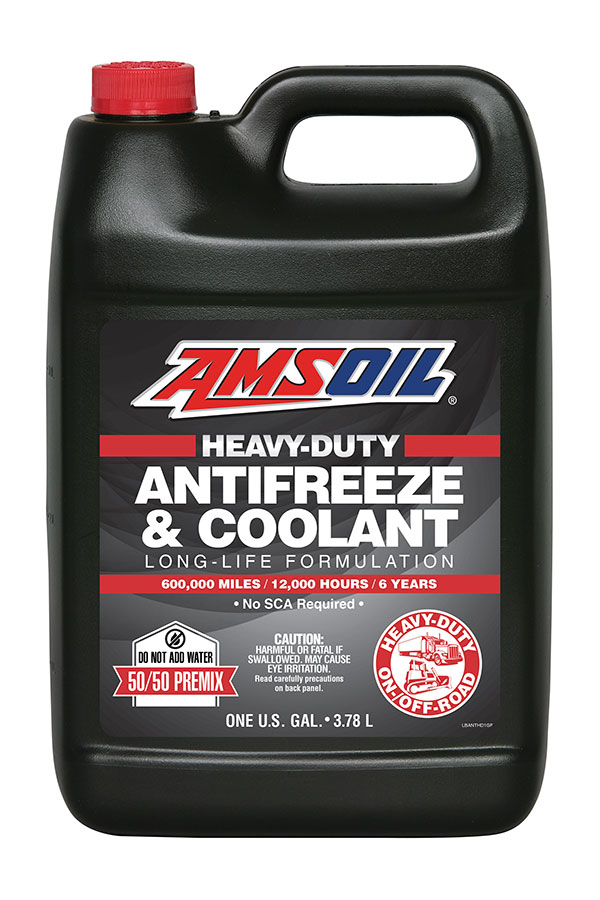

This bright green fluorescent liquid contains silicates, a compound salt that contains both Silicon and oxygen molecules that work as resistors within the fluid to increase the boiling point and lower the freezing point. Now that you know what goes into coolants and how it keeps your systems within manageable temperatures, we can begin to learn about different types of coolants. This substance has high heat transfer abilities.It has a low freezing and boiling point and is an excellent component in the manufacturing industry.Ethylene glycol is similar to water for a homogenous mixture.Some of the additional benefits of ethylene glycol-based coolant include: Adding glycol to a water-based system stops ice from forming at lower temperatures, allowing for better performance. The primary advantage of using ethylene glycol is its low freezing point. Due to its versatility and low volatility, glycol is the antifreeze compound of choice today. Vehicle manufacturers have used several different chemicals over the years to address the weakness of water, with each option having its own set of disadvantages and advantages. While water is efficient in heat transfers, its low ambient operating temperature can lead to potential system failures. How Does an Ethylene and Glycol Combination Make the Coolant Different? A higher viscosity requires additional energy to move the substance through the system, making ethylene glycol a good choice for applications where thermal performance is the highest priority. This substance is also less viscous and flows more quickly, which is beneficial in heat transfer applications. Using ethylene glycol helps reduce water’s freezing temperature to enable lower temperature operation and prevent freezing.Ĭompared to other types of glycol coolants such as propylene glycol, ethylene glycol is more thermally conductive. What Makes Ethylene Glycol Coolant Different?Įthylene glycol is a critical ingredient for low-temperature hydronic systems in which chillers and air handling units (AHUs) are outdoors, or the equipment is essential in low-temperature processes. Some of the most common applications of ethylene glycol include coolant and antifreeze, which prevent your car’s engine from overheating and freezing. When you mix ethylene glycol with water, its freezing temperature drops further to allow it to remain a liquid at lower temperatures. This liquid is colorless, odorless, and has a freezing temperature of -10 degrees Fahrenheit. This is added to help prevent corrosion in the radiator, water pump, and any other cooling system involved in the process.Įthylene glycol is an alcohol-based organic compound that often serves as an antifreeze agent in vehicle and heating, ventilation, and air conditioning (HVAC) systems. Never mix the 2 glycol groups as it causes errors when measuring freeze points.Īdditives: The final ingredient in coolant soup is a chemical inhibitor. Ethelyn glycol has superior heat exchanging properties but is far more toxic than propylene glycol. With these properties added to water, the proper engine cooling can take place. Glycol: commonly referred to as anti-freeze (ethylene or propylene glycol) is added to water to both withstand freezing temperatures, as well as increase water’s boiling point. The engine temperature within combustible engines very quickly reaches the boiling point thus meaning that water would be ineffective. However due to a rather high freezing point, and low boiling point, water by itself cannot complete the task. It’s inexpensive, and it is one of the most effective heat exchange mediums around. Water: one of the most abundant substances on the earth. Water, Glycol, and an additive usually an inhibitor package. The 3 Key Components to CoolantsĬoolants are usually made with 3 key components. Click here if you’re business is in need of a consistent coolant and chemical supplier. In its most fundamental role, coolants are used on combustion engines or any engines that burn fuel to produce power. What Are Coolants?Ĭoolants are a fluid that run continuously across the engine in order to absorb some of the heat and carry it to the radiator where the fluid will cool before rotating into the engine again.


What are coolants? How are they used? What kinds of coolants are there? In today’s article, we will examine the chemicals, applications, and use of coolants on equipment and machinery.


 0 kommentar(er)
0 kommentar(er)
